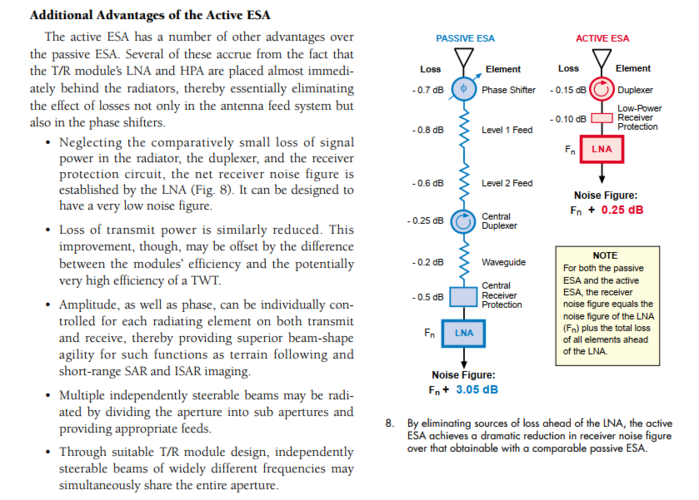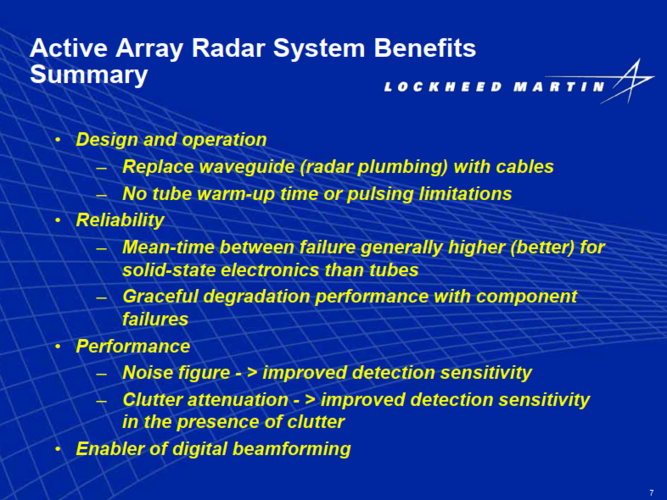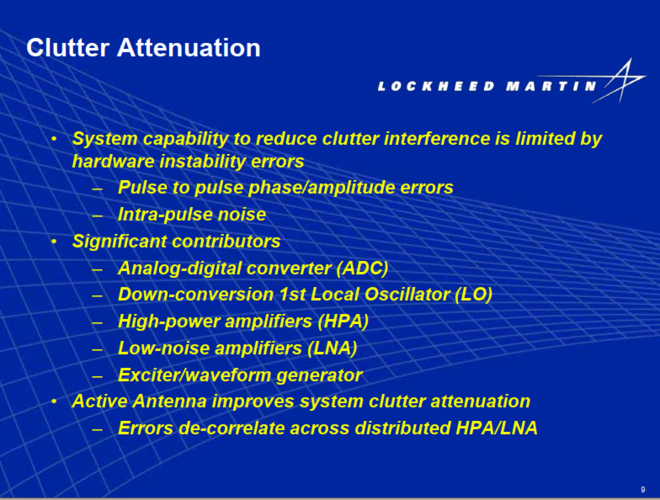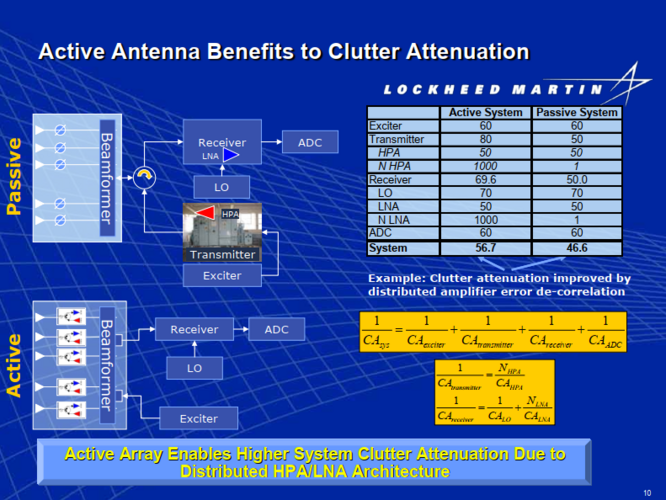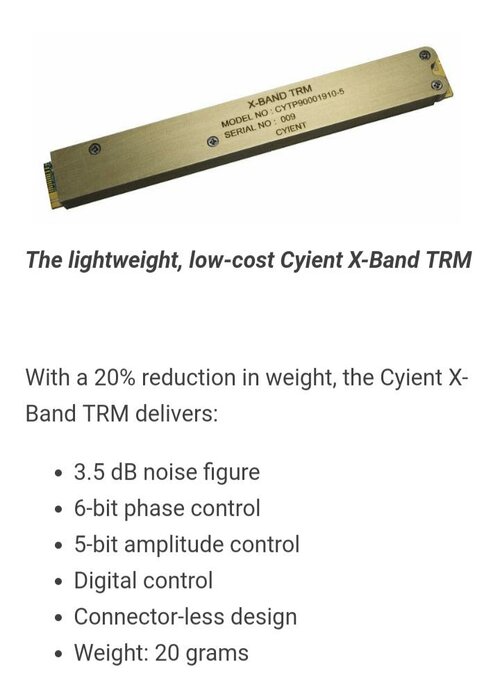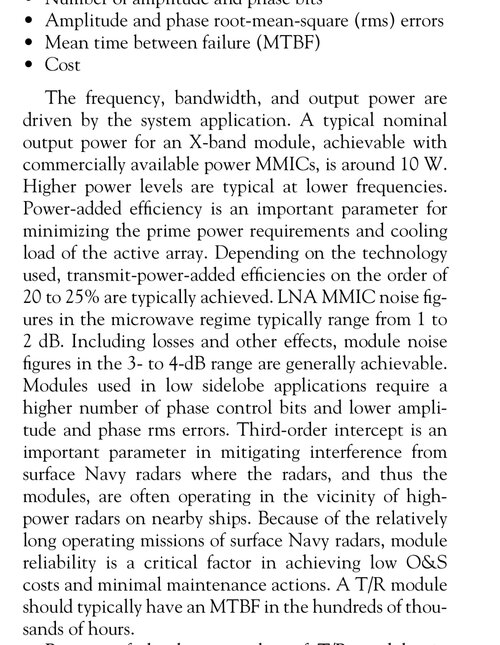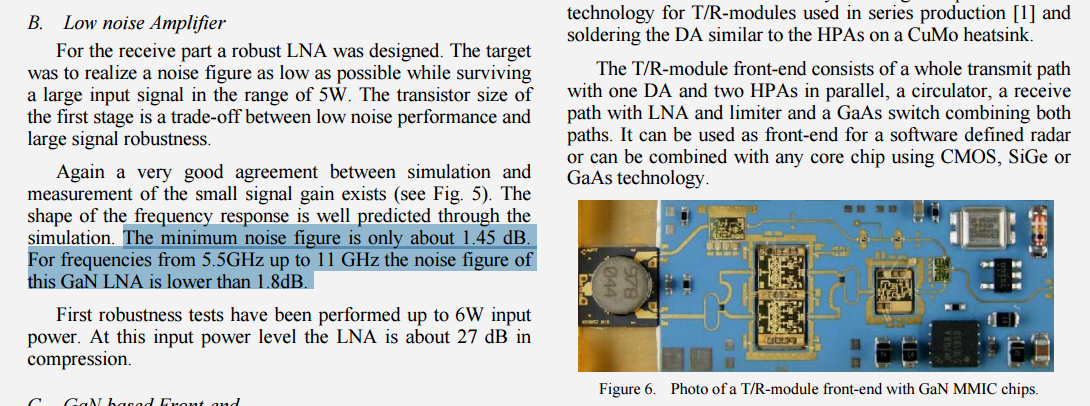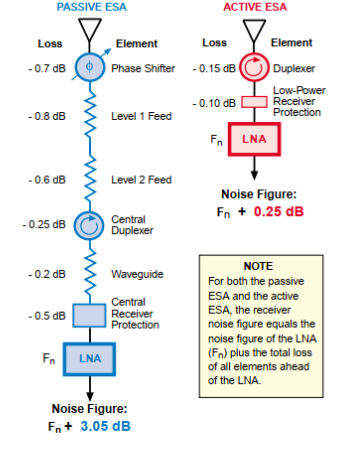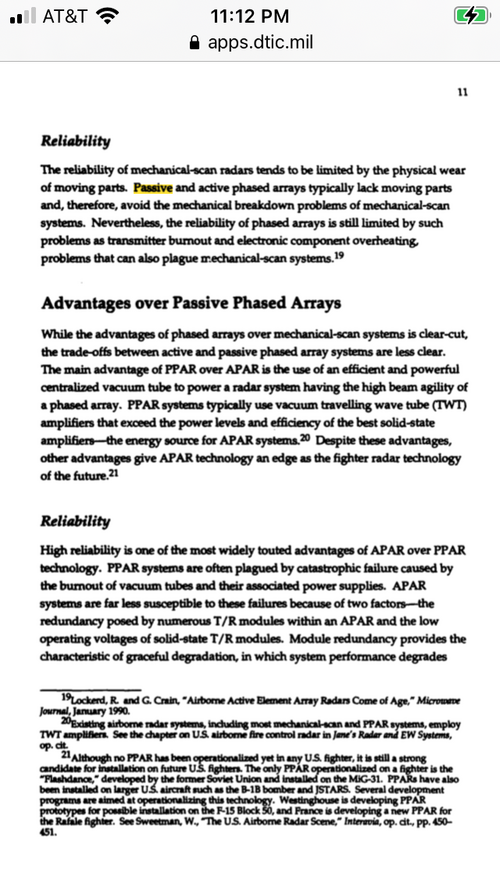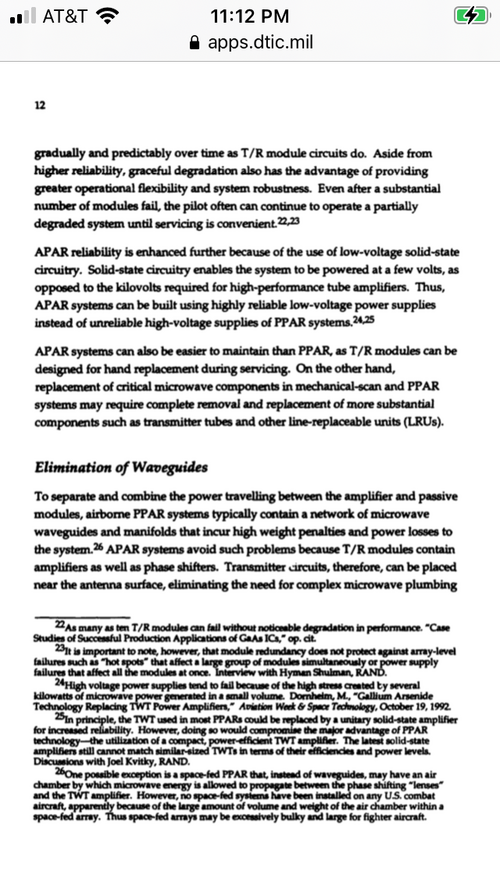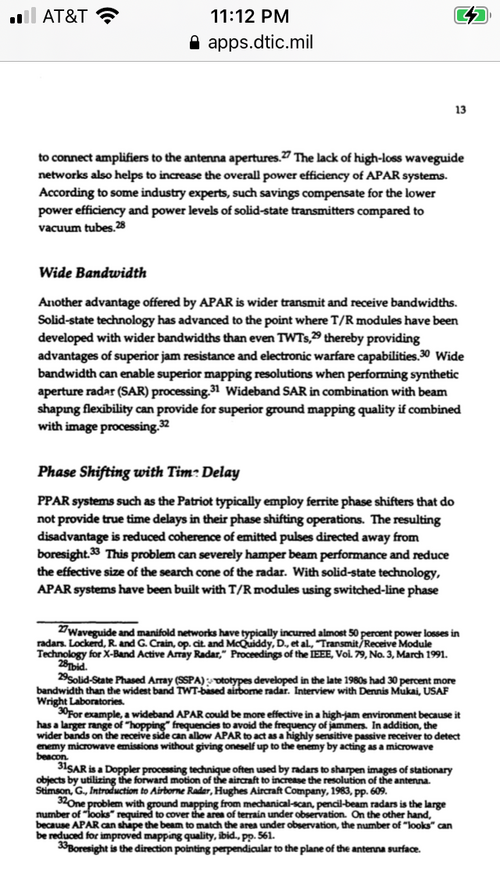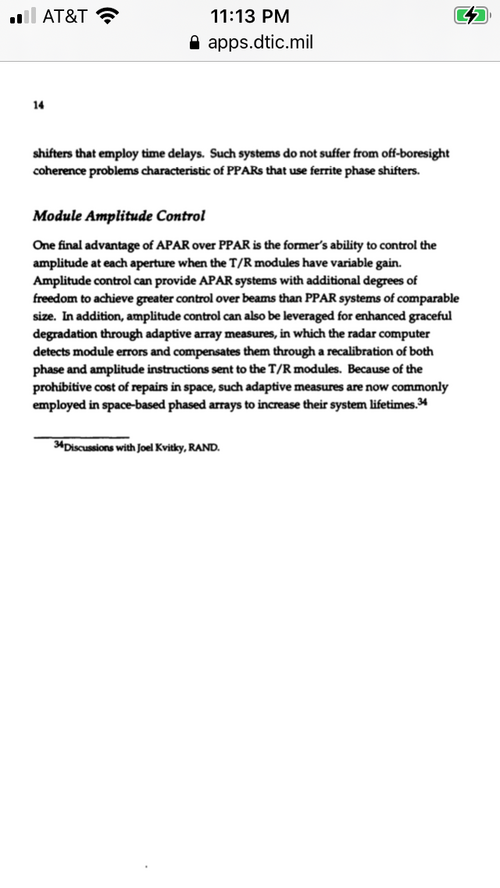Vanessa1402
ACCESS: Confidential
- Joined
- 10 April 2021
- Messages
- 136
- Reaction score
- 67
What is the point of AESA radar on fighter?
- TWT of PESA don't have limitation in peak power, X band T/R modules of AESA can't go much higher than 10W
- PAE of T/R modules is only 25% with GaAs modules and at most 50% with GaN modules, so that much worse than TWT
So in term of detection range and jamming resistance then X band PESA radar is better than X band AESA radar right?
- TWT of PESA don't have limitation in peak power, X band T/R modules of AESA can't go much higher than 10W
- PAE of T/R modules is only 25% with GaAs modules and at most 50% with GaN modules, so that much worse than TWT
So in term of detection range and jamming resistance then X band PESA radar is better than X band AESA radar right?

